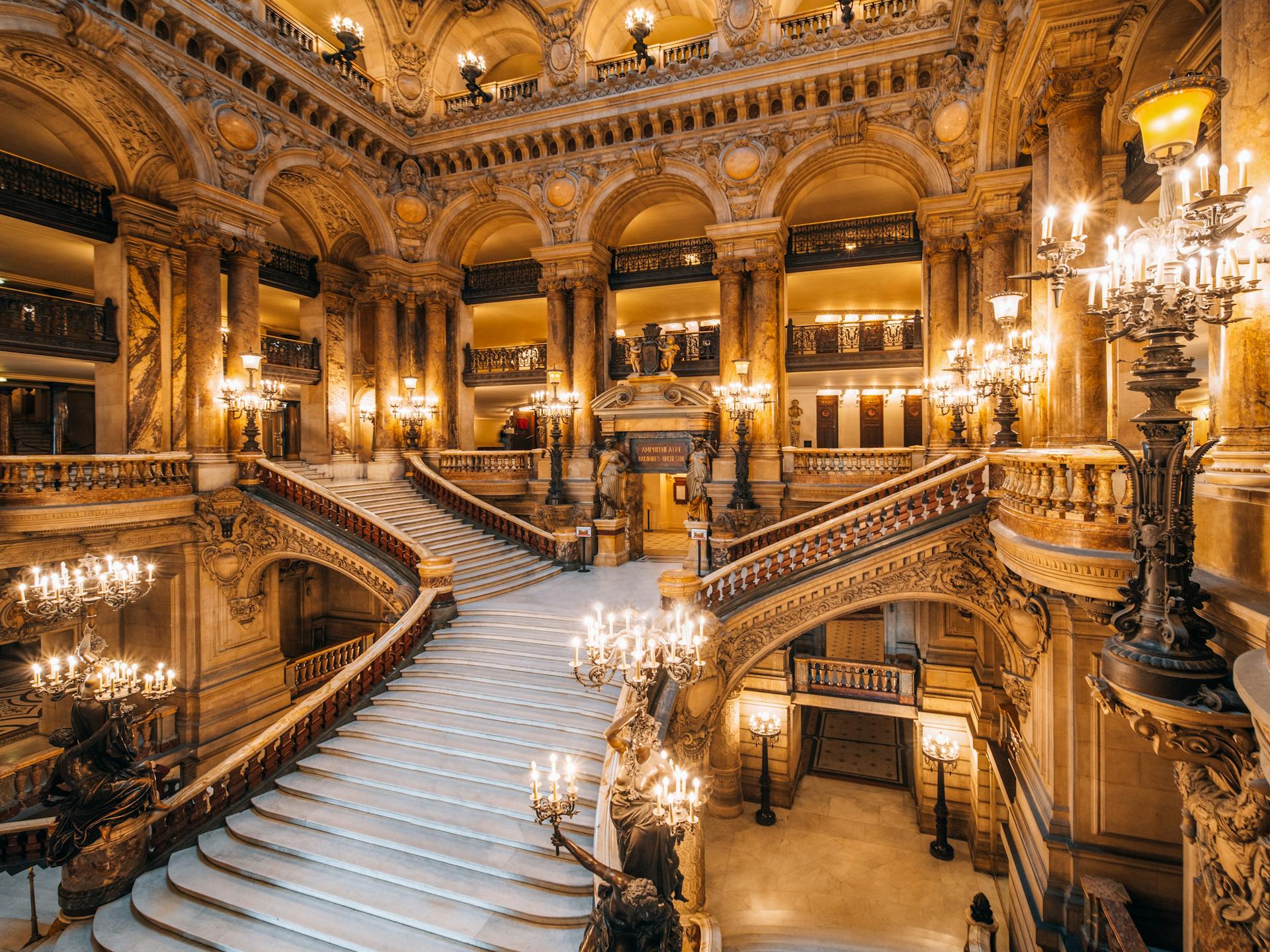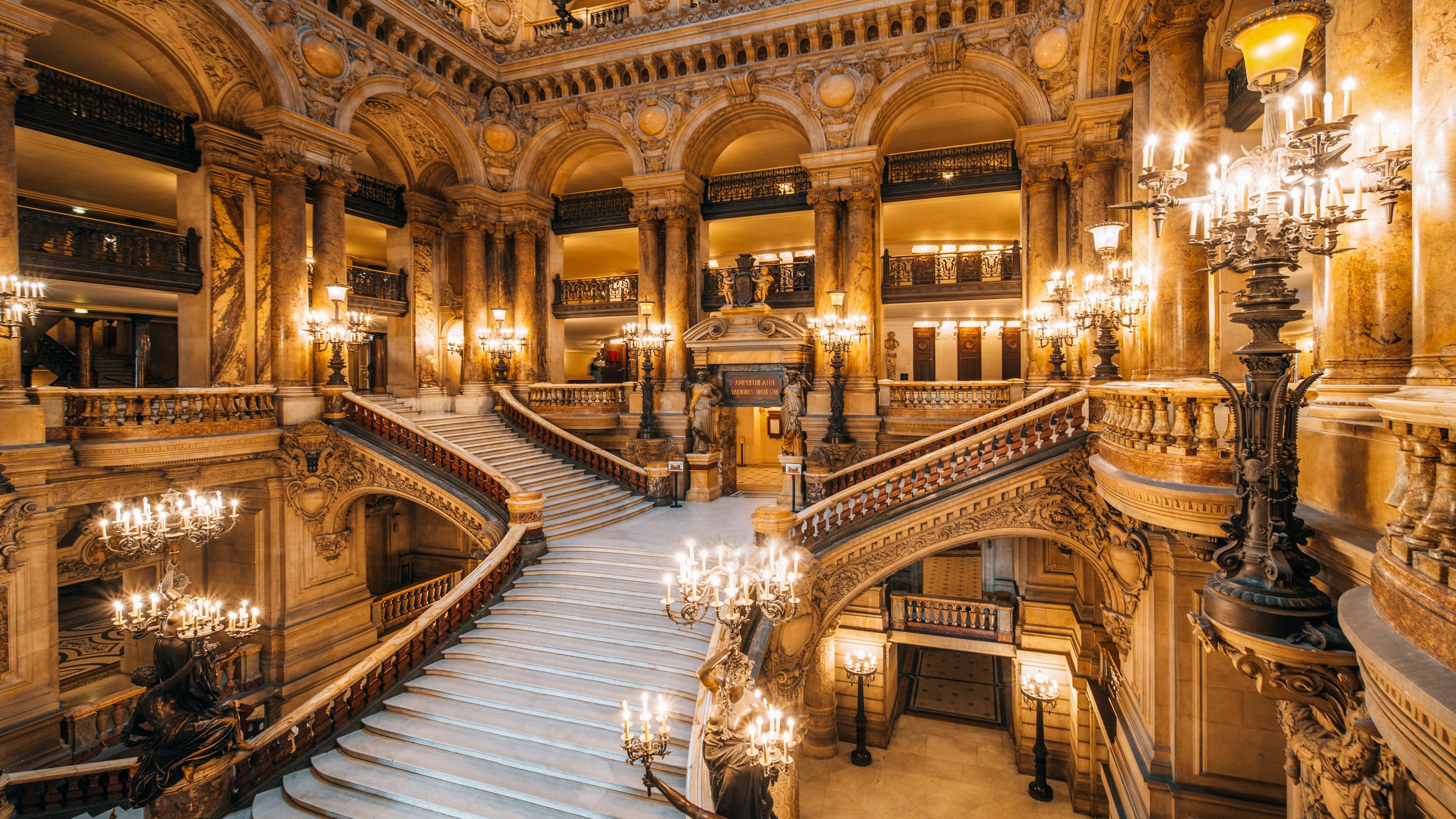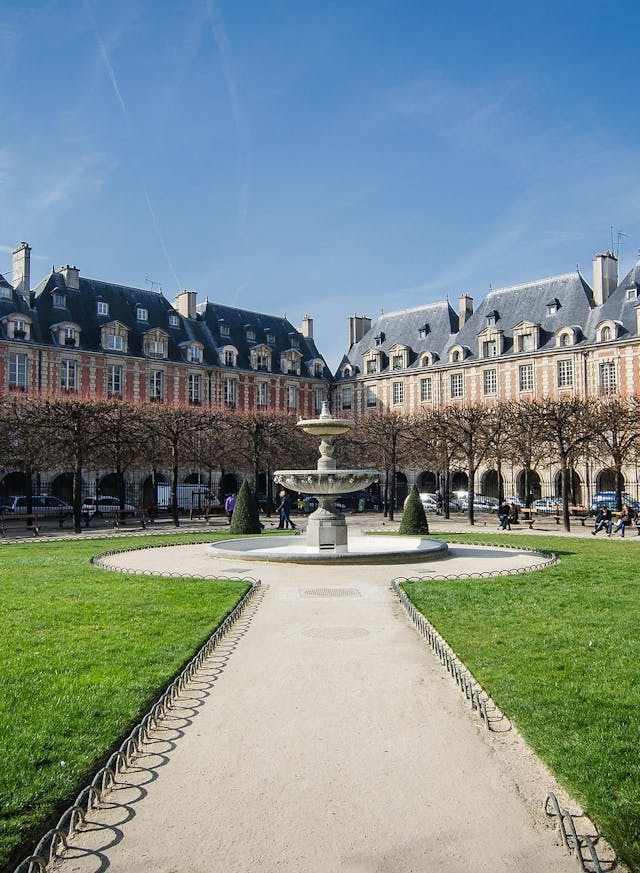
Art & Culture
Discovering Paris's opera houses
Paris has three opera houses: the Opéra Comique, the Opéra Garnier and the Opéra Bastille. Each opera house is different in style and period, but each plays an important role in the cultural life of Paris. Esprit de France invites you to discover them.
"Each opera house plays an important role in the cultural life of Paris."
The Opéra Comique
1 Place Boieldieu, Paris 75002 - Metro : Richelieu-Drouot
Founded in 1714 during the reign of Louis XIV, the Opéra Comique is the earliest Parisian opera house. Its original performances included mime and opera parodies, which resulted in the creation of the distinctive genre of comic opera consisting of dialogue and singing. In 2005, it was recognized as a national stage where it showcases a variety of operatic and non-musical plays. The repertoire spans centuries from the Baroque period to today's contemporary music. The building looks a lot like the Opéra Garnier, but it's smaller and brings you closer to the performers. Take a virtual tour and experience it for yourself. When you do, check out the slant of the seats. They're not facing the stage directly but angled towards the audience as a whole. There's a clear explanation for this: the Opéra Comique was once a venue where individuals would not only experience a show, but also exhibit themselves and observe others socially.
The Opéra Garnier
Place Jacques Rouché, Paris 75009 - Métro : Opéra
The Palais Garnier was commissioned by Napoleon III. He wished for an opera house that would dazzle Europe, and the performances would be a must-attend event for the Parisian high society in those days when the capital set the tone for taste and elegance. In 1860, the competition for this opera was won, to the amazement of all, by the young architect of 35 years, Charles Garnier, then unknown to all.
From the entrance hall, the grandeur of the Grand Staircase is immediately apparent, and the grand foyer has the majesty of the Hall of Mirrors at Versailles. Everything comes together - the marble, the gilding, the red velvet - to give an impression of euphoria and luxury.
The restoration of the ceiling, initiated by Malraux, and entrusted to the painter Marc Chagall, was highly controversial. When it opened in 1964, attendance at the opera house tripled. Everyone wanted to have their own say about the renovated ceiling.
The Opéra Bastille
Place de la Bastille, Paris 75011 - Metro : Bastille
Designed by the architect Carlos Ott, this modern theatre was inaugurated for the bicentenary of the French Revolution in 1989. Located on the site of a former railway station, it is now the largest theatre in the world, with 2,745 seats, ahead of the Sydney Opera House. Its architecture is characterised by the transparency of its facades and the use of identical materials inside and out. To discover its backstage areas and incredible stage machinery, we invite you to take one of our guided tours. In particular, you'll discover the giant 400 m2 lift that can hold the entire stage and allow changes of scenery.
Published on 20/11/2023






